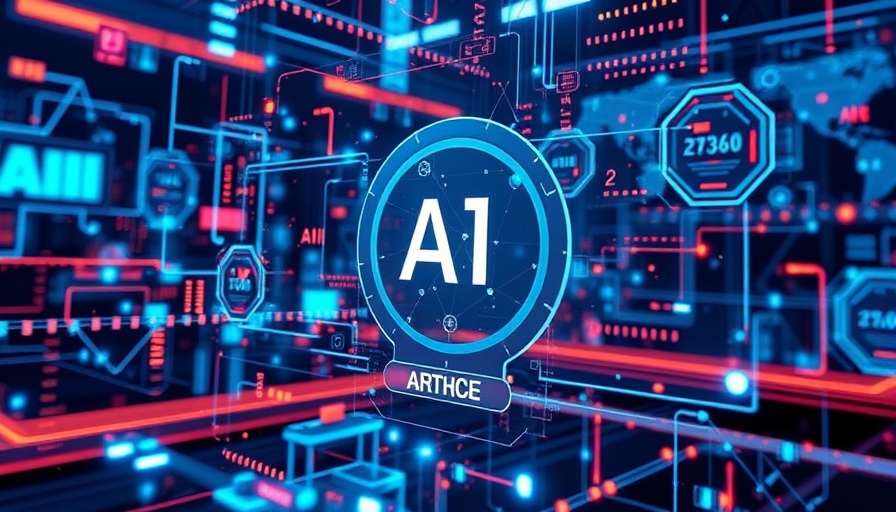
Understanding the Model Context Protocol
Model Context Protocol (MCP) is a groundbreaking concept that plays a critical role in the evolving landscape of digital communication. This protocol functions as a connective framework among applications, allowing them to share information seamlessly. From social media platforms to marketing tools, MCP enhances how data flows between different systems, enabling a more integrated user experience.
In 'What is Model Context Protocol or MCP?', the discussion dives into the significance of this protocol, exploring key insights that sparked deeper analysis on our end.
Why MCP Matters in Today's Digital Age
As digital marketing and user experience become increasingly complex, the need for protocols like MCP has never been more crucial. It not only simplifies interaction but also empowers developers to create efficient applications. With MCP, apps can communicate contextually, making data sharing more meaningful and targeted.
Real-World Applications of MCP
Imagine a scenario where your email marketing platform integrates with your social media accounts effortlessly. With MCP, marketers can strategize based on real-time data pulled from various sources, adjusting campaigns on the fly. This ability to harness multiple data streams in a cohesive manner can significantly enhance engagement levels and drive conversions.
Future Predictions: The Growth of MCP
Looking ahead, the potential for Model Context Protocol extends beyond marketing. As industries seek smarter solutions for communication, MCP could revolutionize sectors like healthcare, automotive, and education. By leveraging this protocol, organizations can foster environments where data informs every decision, ultimately leading to more informed strategies.
Making the Most of MCP
Understanding and implementing MCP can enable businesses and individuals to create a more connected digital environment. By adopting this protocol, professionals can ensure their applications are not only efficient but also responsive to the needs of users, laying the groundwork for future innovations.
 Add Row
Add Row  Add
Add 




Write A Comment